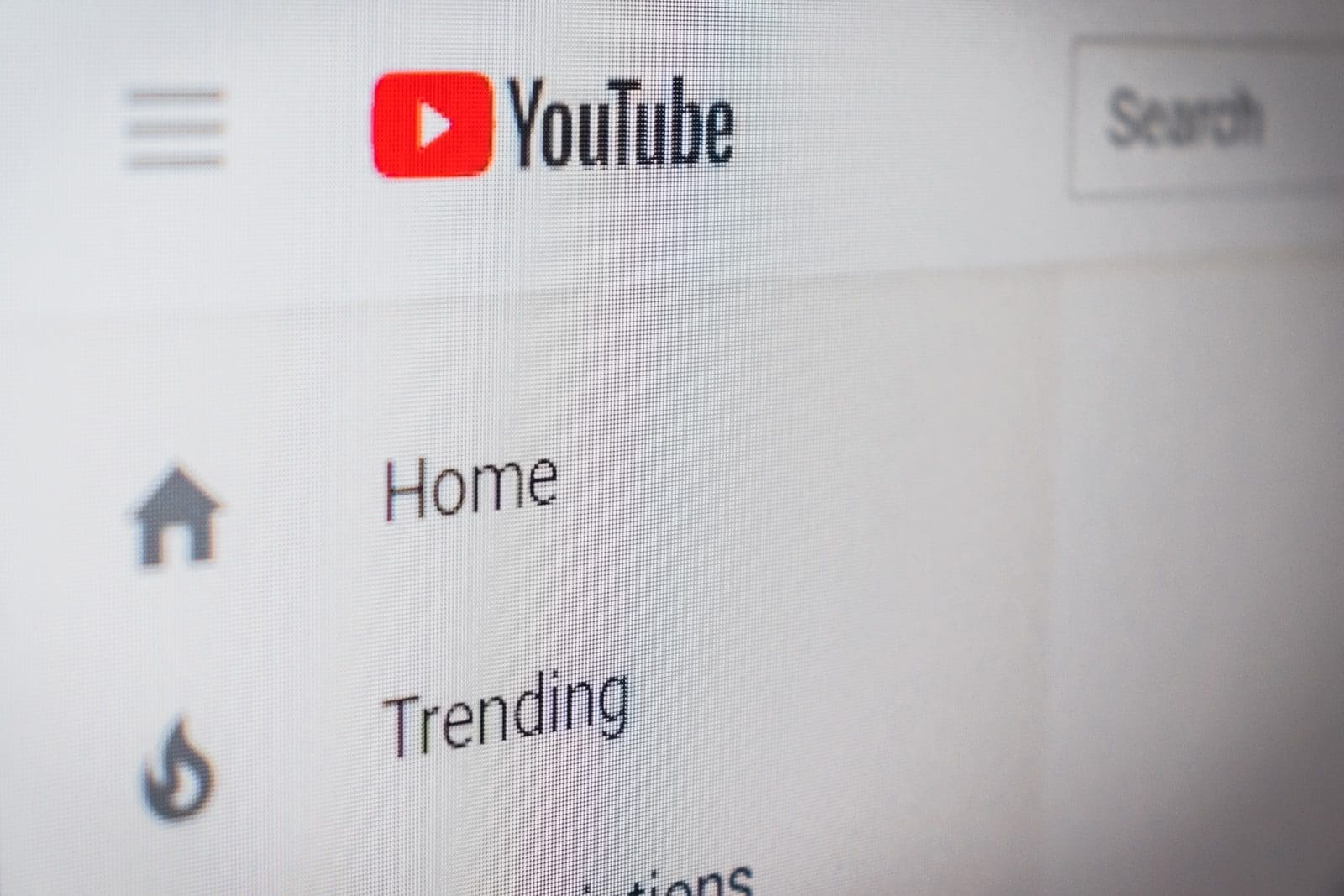
Most people use some form of social media or the other. Social media is meant to be addictive. This is not a secret by any means. In this article, I’ll be discussing how two popular websites: Instagram and Youtube, know how to keep you scrolling, and how the content they deliver is based on various forms of data.
What is an Algorithm?

An algorithm is a set of well-defined instructions that are used to solve a problem. While it may sound technical, algorithms can be found everywhere. The most elementary example of an algorithm in everyday life is the sorting of books in alphabetical order. The set of instructions is clear, and they can be used to unscramble a scrambled pile of books.
Social Media Algorithms
Social Media algorithms work in a similar way, but their end goal is much more complicated: to keep you using the platform for as long as possible. If you’ve watched a lot of TV shows, and a friend asks for a recommendation, what do you do? You give them a show that you watched that you are sure they would also like. If you kept recommending dark, heavy thrillers to someone who liked lighthearted sitcoms, they would eventually stop asking you for recommendations. Most social media algorithms work in a similar manner.
Instagram has over 1 billion monthly active users. It is used by people to connect with their friends, but also by companies and corporations. Instagram is designed to keep you scrolling. But even the infinite scroll would be useless if it suggested random unsorted content to its viewers. Instagram has a very large amount of content, and a lot of it is reposted. Not only are other Instagram and Facebook posts reposted, but so are Twitter posts. These are generally witty, funny, or accusatory of a person or group. Frequent users also know the feeling of clicking on the reels icon, and scrolling mindlessly for half an hour. Instagram uses a variety of algorithms and classifiers, not just one. It uses data like the date the post was uploaded, preferences, interaction with pages, and frequency of using Instagram.

Instagram Reels essentially provide the same service that TikTok does. They are videos less than one minute, accompanied by trending music, meant to be viewed vertically i.e on a smartphone. Reels provide the same instant gratification that TikTok offers, but with the content supply of Instagram. They have most of the same content creators, but TikTok is where most of the creation actually happens. A huge chunk of Instagram reels is just reposted TikTok videos.

Instagram checks the posts that you view, like, and save. It then recommends posts that were liked by people who liked this post, and so on. Within a short time of actively using the application, it essentially ‘learns’ your taste. It sees the kind of humor you respond to, the kind of shows and movies you like, the genre of music you listen to. Now, this combined with the infinite scroll, provides you with an almost infinite river of content that you can go down. It did add a feature to remind you how much time you spent scrolling, but let’s be honest. Even the people who added the feature knew that it was pretty much useless. One tap and you can resume your scrolling.
For a brand new user, Instagram suggests the most liked and trending posts and reels. These are broadly only animals, photography of nature, buildings, and miscellaneous objects. And from these, Instagram narrows down your taste with its algorithms.
YouTube
YouTube is the second most visited website on the internet, just after Google. It has over 2 billion monthly active users and is a household name at this point. On a video sharing service as large as YouTube, with over a quarter of the world watching at least one video every month, it needs features to provide the most personalized experience for users. YouTube has a recommendations page, which is the home page seen directly on opening the website. It has the Watch Next section, which appears below or on the right side of the current video. Last but not least, it works as a search engine. Search Engine Optimisation or SEO, combined with the Recommendations page and the Watch Next section make use of various algorithms.
YouTube is infamous for its mysterious ‘algorithm’. This algorithm is often known to recommend videos from years ago, which did not have much traffic to suddenly appear in the recommendations of a large number of people. Personally, I have discovered a variety of music genres that I would have never discovered.
YouTube’s Watch Next column sits below or on the right of your current video. It suggests various videos to watch next, most of which may be related to the current video you are watching. For example, if you are watching a video on tips and tricks for mountain bikers, you are more likely to get mountain bike-related content to watch next. It does this to ensure that you keep moving from one video to the next and spend as much time as possible on the website.

Lastly, YouTube also has its own version of Instagram Reels and TikTok. It is called YouTube Shorts, and it follows the same pattern that the other two do. This is called short-form video. Youtube, however, has the added benefit of already having creators who make a long-form video, a large portion of whom has posted videos on YouTube Shorts. For the most part, YouTube Shorts also failed as a platform for original content because of heavy reposting from TikTok.
These algorithms make or break platforms. YouTube has faced backlash recently regarding its censoring policy and demonetization of videos due to its algorithm. Of course, these algorithms are more complex and are more nuanced than what I discussed. They keep changing with the years, sometimes undoing updates that were not well received.
About the Author: Arnav Inamdar is a first-year student at Manipal Institute of Technology, MAHE.




Be the first to comment